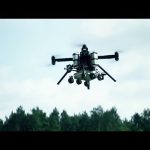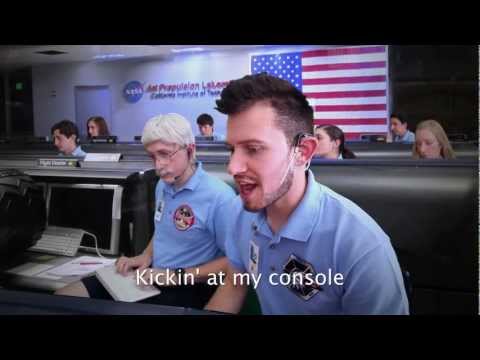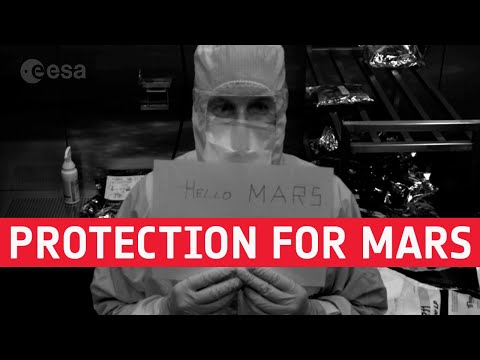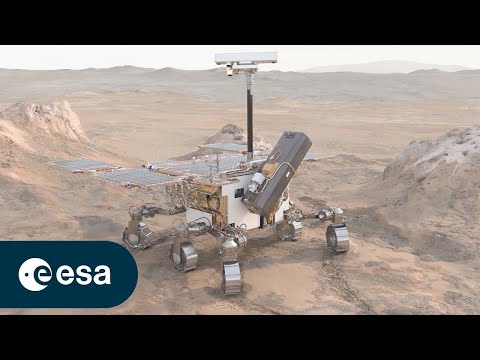The dramatic conclusion to ESA’s latest StarTiger project: a ‘dropship’ quadcopter steers itself to lower a rover gently onto a safe patch of the rocky martian surface. StarTiger’s Dropter project was tasked with developing and demonstrating a European precision-landing capability for Mars and other targets.
Starting from scratch for the eight-month project, the Dropter team was challenged to produce vision-based navigation and hazard detection and avoidance for the dropship. It has to identify a safe landing site and height before winching down its passenger rover on a set of cables. Flight testing took place at Airbus Defence and Space’s Trauen test site in northern Germany.
Read more: http://www.esa.int/Our_Activities/Technology/Dropship_offers_safe_landings_for_Mars_rovers
Credit:
Deutsches Forschungszentrum für Künstliche Intelligenz, DFKI
Spin.Works
Poznañ University of Technology/Institute of Control and Information Engineering, IAII
Airbus Defence & Space





Leave a Reply